A SOUND IN THE MAKING — A new series by Bluesound dedicated to spreading sonic enthusiasm whilst sharing our obsession with audio engineering and high resolution sound reproduction. Designed to showcase inventive and creative sound makers through exclusive access to studio rehearsals, mixing sessions and on-site venue sound checks — we uncover unique insights into the processes, inspirations and vision that goes into making their unique sound — a parallel journey to our own quest for perfection in sound. Come along for the ride.
October 5, and not yet 12 hours after Zara McFarlane has returned from her most recent trip to Jamaica, we’re in studio 1A at RAK Studios in London, England – getting ready for a very special 30-minute live set being broadcast in real time – in studio master quality – to multiple locations around the world. This is history in the making and a technological first.
It’s an unusually warm and sunny day for early October – especially in London. It feels a lot more like early summer than the middle of fall – but we’ll take it. We hop off the tube at St. John’s Wood station and walk towards RAK studios. As we arrive, the history of the place immediately begins to set in.
The walls are covered with awards for recordings by some of music’s biggest names. Even a quick trip to the ‘loo’ finds any available hallway space covered with mementoes of iconic songs that are burned into our collective memories. There’s even a vintage Wurlitzer Americana sitting in a corner – just begging to be played.

As Spencer Chrislu – MQA’s content director – checks mic’s and begins fine tuning the massive mixing board’s sea of knobs and dials – Zara and her bandmates begin arriving, catching up and unpacking their gear. Wearing a long and bright mustard yellow coat, the sun, it seems has definitely followed Zara back from Jamaica.
To warm themselves up, Zara and the band run through the entire set, giving Spencer and his team the chance to finesse the recording and broadcasting equipment just perfectly for the main event. As the sound check wraps up, we go for a short break before taking places.
It’s one thing to witness a live performance up close. It’s another altogether to be one of a handful of people inside one of the worlds best-recording studios, getting a near 1:1 performance sitting 10 feet from the band.
The set kicks off with ‘Peace Begins Within’ – a fresh cover of Nora Dean’s 1971 Jamaican original and then moves through the majestic and harmonic ‘Pride,’ the funk-and-ska vibe of ‘Freedom Chain,’ the smooth and rich feel of ‘In Between Worlds,’ and the solo bass and vocal scatting exchange of ‘Allies and Enemies.’ The set then wraps up with the reggae-fueled ‘Fussin’ and Fightin’ – giving us an intimate tour of the deep range of sounds and emotions Zara’s explored in her new album Arise.
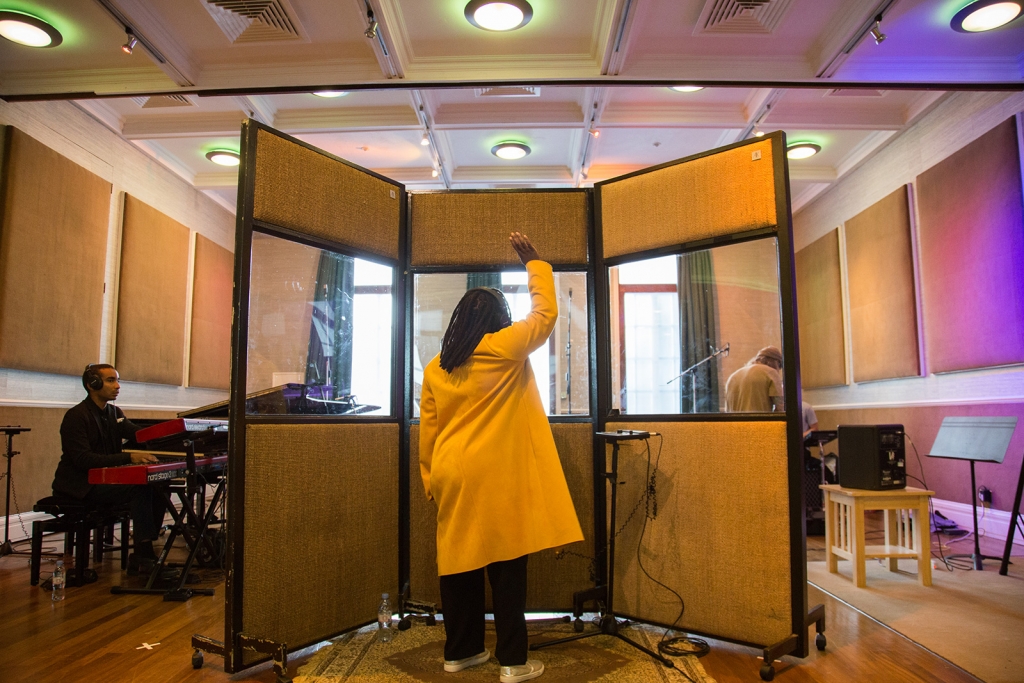
We then sit down with Zara in the studio to ask a few questions…
Bluesound: So this is an unusual type of performance that you’re doing here. It’s actually a live performance, and it’s being listened to on multiple occasions throughout the world; London, New York and Denver, but you don’t see the audience. Are you going to approach this differently from a normal live performance?
Zara McFarlane: It is strange for me to be doing a performance in front of nobody in that regard [laughs]. But just to know that there are other people in different parts of the world listening in is quite strange but… I don’t think I’m going to approach it differently. What I’ll be focusing on is really listening to the sound and what I’m trying to create vocally from my point of view and honing in with the band. When you’ve got a live performance in front of an audience you get a certain kind of energy back as well–there is a give and take from this experience of the performance–so that obviously won’t be there in that same way. So I think, yeah I’m going to be really honing into the sounds and trying to convey a particular kind of emotional message through the music.
“When you’ve got like a performance in front of an audience, you get a certain kind of energy back as well as a give and take…”
Bluesound: What is your favourite song to perform live at the moment?
Zara McFarlane: My favorite song to perform live is always a hard question, but there’s one that I sing from time to time called “Ode to Cyril,” but I do need a live audience there for that one because I get them to repeat what I’m saying. So it’s got a lot of call and response, and it’s danceable which many of my songs haven’t been in the past with my previous albums. I really enjoyed performing this record because it’s got much more rhythm going on.
Bluesound: Is it the rhythm in particular that you like?
Zara McFarlane: I think that you can really communicate with the audience to get them involved in the show. Like I said before a lot of my other records didn’t have that much more “ballady” or more traditional jazz sounding which just doesn’t allow for it as much as when you’ve got more rhythm. People relax a bit more. They don’t feel so exposed. And just to have some fun between the audience is really nice.
Bluesound: Do you think about the instrumentation of the songs when you are actually writing them or does that come later?
Zara McFarlane: In regards to writing songs, sometimes I can hear very clearly a sound that I want or the instruments I want. Sometimes the melody comes first and then I write the lyrics and then the instrumentation comes later. But actually, a lot of the time when I’m writing I often start with basslines. So I have a really strong idea of what I want the bassline to be, and then I work a melody around that or the rhythm around that. So this last record’s basslines came and then the rhythms came because I knew that I wanted to have a lot of rhythmic influence on this record.

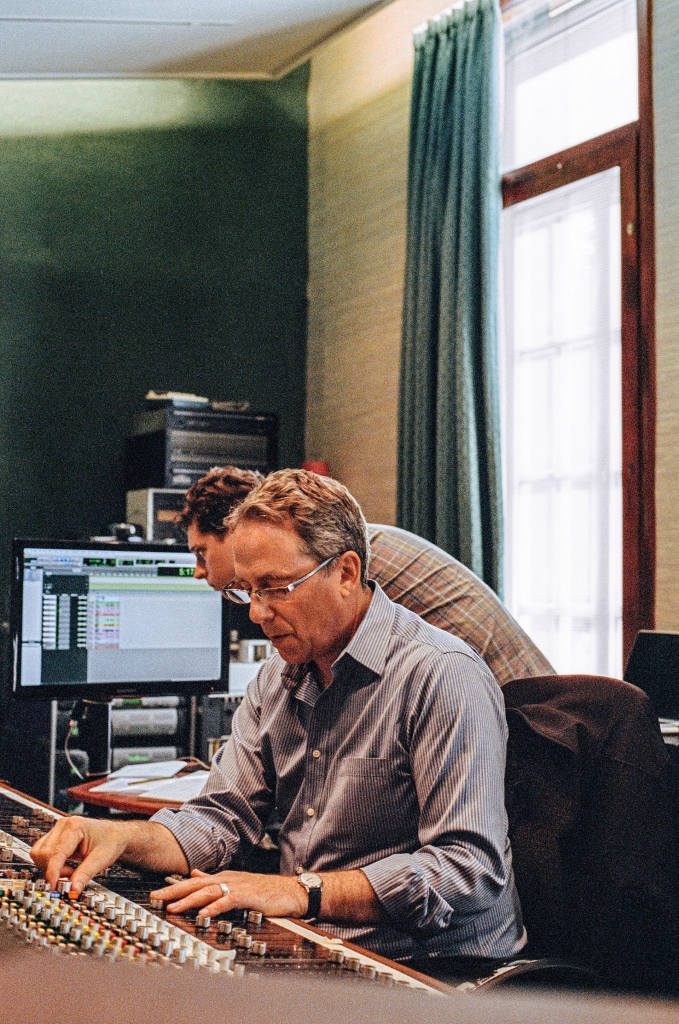


Bluesound: The bassline seems particularly important in Jamaican music. Why is that do you think?
Zara McFarlane: For me, the bassline in Jamaican music is the most important bit–it’s like the heartbeat. More so than even the rhythm. More so than even the one drop, this particular one drop rhythm that they have in reggae music.
The bass is the thing that gives it the pulse, you know I don’t know if you’ve ever been to a carnival in London. That is the thing that instigates the music the most. You know you could actually feel your heart moving with it. Sometimes it feels like it’s taking over the rhythm of your heart because it’s actually so strong and that it’s making the whole body vibrate in a certain kind of way. So I remember as a kid being in Jamaica and hearing the sound systems just up the road from where my grandmother lived and that’s all we can hear really, to be honest, in that part of town.
“You know you could actually feel your heart moving with it. Sometimes it was like taking over the rhythm of your heart because it’s so it is making the whole body vibrate in a certain kind of way.”
Bluesound: I believe you do production for your own records as well?
Zara McFarlane: Yeah I often produce a little bit before I show the band the music. I do some easy kind of production on Garage Band or something–a lot of midi-kind of sounds–but then also in the studio. The last two records… The first two records that I did were self-produced, but this last record I had a producer I was working with called, Moses Boyd, who used to be my drummer actually.
“I often produce a little bit before I show the band the music. I do some easy kind of production on Garage Band or something–a lot of ‘midi-kind’ of sounds–but then also in the studio.”
Bluesound: When you’re producing, are you actually thinking about what the sound of the record is going to be like, in different sources?
Zara McFarlane: Yes. So with the first two records, we performed a lot of it all together in the studio. Similar to how we were today in the studio, so it’s got that kind of more live feel. We do a couple of takes, like three or four takes, and then we choose the better one. So in regards to that, the sound, I was always trying to keep it quite clean sounding as close to a live recording as possible. But this last record, Arise, was slightly different because we had a lot more instruments. We had like a horn section, I was doing multiple vocal harmony parts for guitar and stuff, so there’s a few more overdubbing things that needed to be done compared to normal. So the sound then, how you approach it, is a bit different.
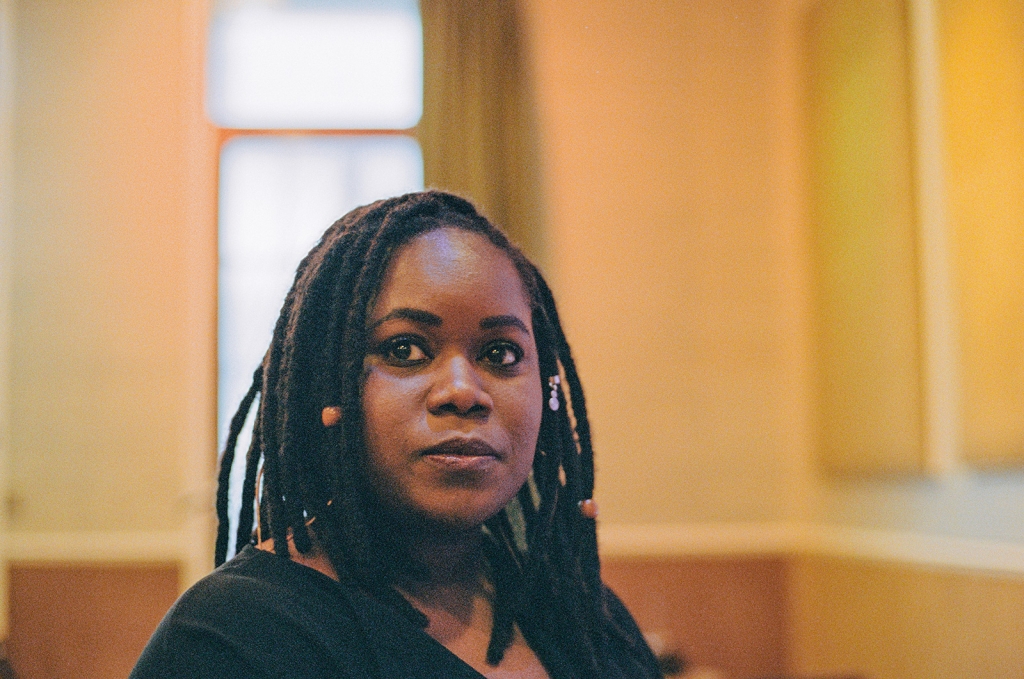
“I think people are always travelling with music as well as listening to it on their headphones, in the car… So music is very important, actually, I think maybe more so than ever before.”
Bluesound: What is your musical process?
Zara McFarlane: How is my musical process? It varies all the time. It just depends. This last record I really knew that I wanted rhythm to be very important to the music and I often start with basslines. With this one, we kind of created the shape of the music around the bassline, the chords, the rhythm. Previously, I’ve done things where I start with the melody and I start with the lyrics – normally melody and then lyrics rather, and then mess around with some chords afterwards. I have no firm process. It just depends. And with regards to inspiration. I tend to be inspired by things that are non-musical, so like going to the theatre or going to see dance or something like that. Reading a good story or hearing a weird story in the news or something like that I don’t really get inspired by other music – to write music.
Bluesound: Arise sounds like it’s been thought through from the beginning to the very end. Are albums relevant today do you think? You know, when we’ve got streaming and you can just listen to one track at a time.
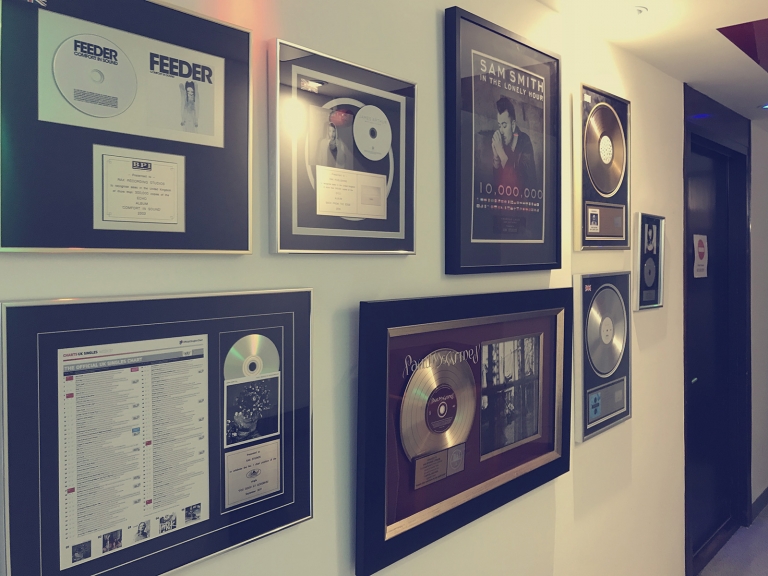

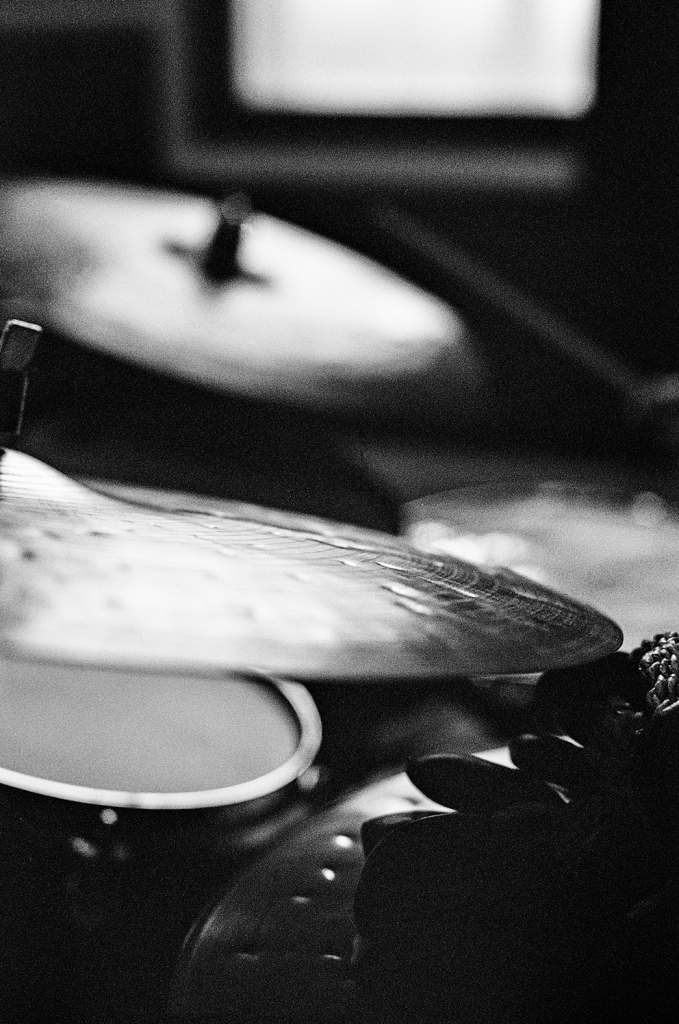
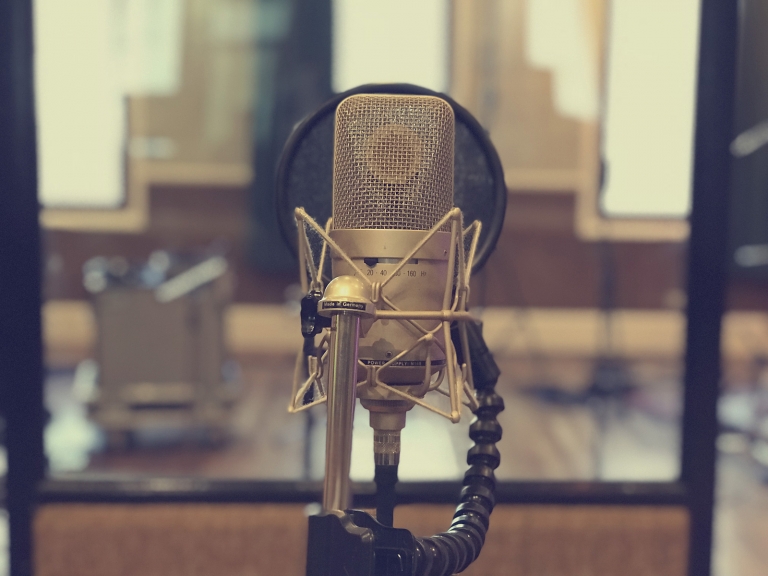
Zara McFarlane: That’s a good question. I don’t know. There’s a rise now again in vinyl so I feel it has become relevant again; the idea of listening, sitting down and taking time to listen to music and even amongst younger generation people–they’re kind of coming back to that idea.
“I suppose the sound quality–what the sound requires, what the artist requires will be different depending on the artist or depending on the music.”
Bluesound: Do you listen to streaming or do you like vinyl?
Zara McFarlane: A bit of everything, really. These days I mostly listen to streaming because when I’m travelling a lot it’s quite handy to have that there. But it’s nice to listen to certain vinyl as well sometimes, at different studios as well I can get to go to, CDs a little bit as well.
Bluesound: There’s something that is quite important for us. In the hardware part of the industry, we try and have a real connection with musicians, because I think too much of our business were talking about specifications of boxes and what’s inside them and that’s not really what it’s all about. It’s about the music. I think we’re interested in making connections through musicians.
Zara McFarlane: Yeah, I suppose the sound quality–what the sound requires, what the artist requires will be different depending on the artist or depending on the music. Jazz, obviously, can be very soft and eloquent sounding. But it can also be quite harsh. Like some of the tracks that we had here where the sax is going – it’s very different – can be very dynamic – from one extreme to the other – whereas perhaps a folk singer with just a guitar – what they require from sound is very different.

LISTEN TO PART ONE OF THE STUDIO INTERVIEW WITH ZARA MCFARLANE.